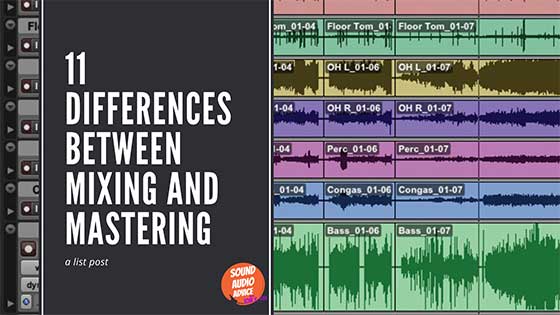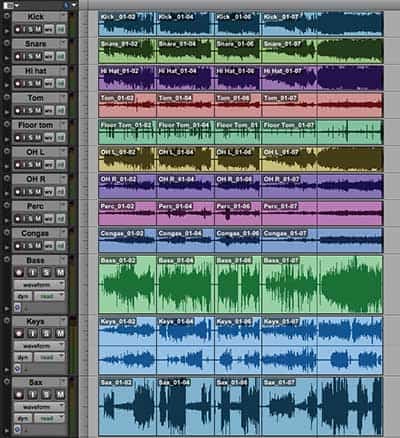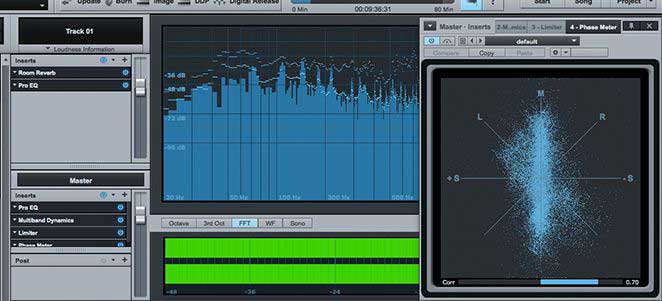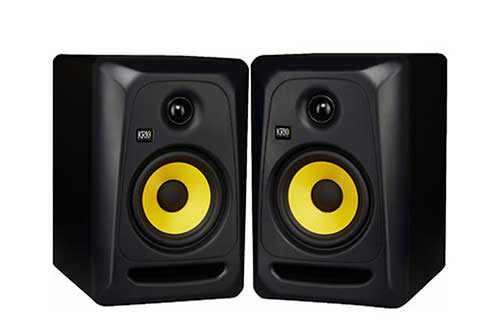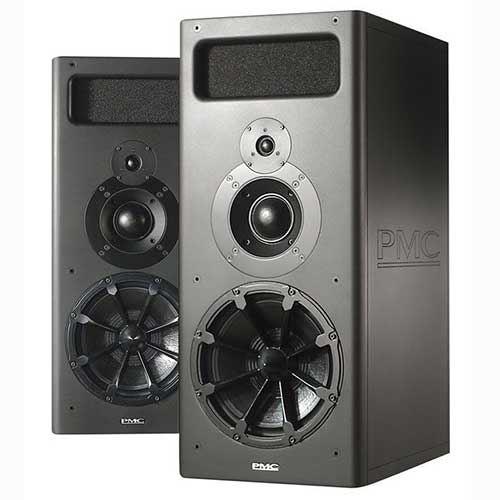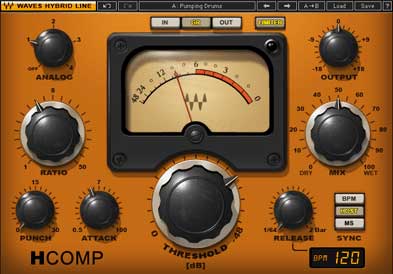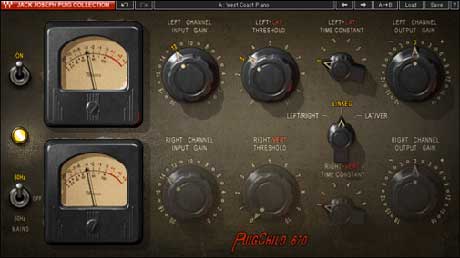
How to use glue compression in mastering
November 3, 2021
13 Best Music Production YouTube Channels
November 27, 202111 differences between mixing and mastering
Mixing and mastering are often misunderstood. Both have similar processes involved but the actual differences are pretty prominent. In this article I’ll give you 11 major differences between mixing and mastering.
Before we jump straight in let me just say this. It’s ok not to know, it’s ok to be confused. The important thing is that you decided to learn and find out the differences between mixing and mastering and this article will do just that.
The most important thing to remember:
Mastering – working on one stereo file
Mixing – working on multiple files within one project
1) Different outcomes
The outcome of mixing is to “tune” each separate part of the song, clean the elements up, create space using panning and level out all the instruments using compression.
The outcome of mastering on the other hand is to put all the tuning from mixing process into one structure. The structure where sounds amplified during mastering shine and complement each other.
2) Different mindset
When mixing a song you think mostly about individual instruments. How they sit in the mix, how loud they are and what frequencies they occupy. You basically focusing on elements.
During mastering the mindset shifts towards the overall sound. You look at the volume of the whole song not each instrument. You look how crisp the whole song is not only the vocals. You also focus on the dynamics much more than during the mixing stage. This is where you start considering LUFS and how they affect the final master
3) Different tools
Even though both processes use very similar tools they differ from each other. Great example here are reverb and delay. Practically every song utilise the use of the reverb or delay during the mixing but neither reverb or delay are ever used while mastering. Same goes for all the “special effects” plugins like autotune, gates etc. Mastering is a part of audio post production where you focus on the technical side of audio not as much on creative bits.
4) Different speakers
Besides of the different tools and approaches speakers also differ in mixing and mastering.
Mixing studios use near field monitors (speakers). These monitors have flat response rate, meaning, they don’t “colour” the sound during mixing. The reason for this is to get as accurate listening experience as possible and be able to differentiate and work on frequencies accurately.
Mastering monitors are called far field monitors. These speakers do have certain “colour” value in them and are integrated part of mastering engineer’ sound. They are usually much bigger than mixing monitors to be able to reproduce very low end frequencies as well as super highs.
5) Different volumes
Volume in audio production over past decade was a hot topic and still is. Due to streaming platforms applied their own setting to songs that are either too loud or too quiet, engineers have to yet again focus a bit more on the volume.
During the mixing you’re working on the volume of each separate instrument which in affects your master channel output. When finishing your song you have to make sure your song don’t clip and the volume output hits an average -6db. The -6db is the headroom needed for the mastering to have enough room for the mastering processes.
In mastering you only watch your master output levels. Depending on the delivery format (streaming, CD, Vinyl etc) your overall volume will be around -1db.
6) Different approach to balance
When we talk about balance in mixing we talking about the relation between individual tracks within the song and how they sit together in the mix. Mixing balance can be achieved by EQ’ing instruments, compressing them etc.
In mastering the balance is focused on the overall sound of the song by balancing all of the stereo instruments, all of the low end etc not individual tracks.
7) Different use of compression
One of the most used tools in mixing is compression. Parallel, stereo etc is always heavily utilised across the whole mix. Because of the amount of tracks involved in each song the compressors are usually working pretty hard to get nice and balance dynamics through the whole mix.
In mastering on the other hand the compressors are working very gently. Because we work on the whole song and the compression already has been applied to each individual tracks during the mixing, mastering compressors work more as a glue compressors or corrective compressors.
8) Different use EQ's
When applied Equaliser in the mix you usually want either boost certain frequency or dip it by significant amount and you apply different EQ settings to every track within the mix.
In mastering the EQ is getting applied very gently and usually no more than 1db. Because of the nature of mastering and the fact that we’re working on the whole song any drastic EQ changes will affect all of the instruments in not a positive way.
So remember, mixing – hard EQ’ing, mastering – soft EQ’ing.
9) Different project sizes
Do you remember your last mixing session? How many tracks were there? 10? 20? 50? This is the nature of mixing and the project size within your mixing session.
Mastering projects have only 1 file – the final mixdown – on to which the mastering is applied to.
10) Different session lengths
Another mixing question – how much time have you spent on your last mix? 2 hours? 6 hours? 6 days?
Getting great sounding mix takes hours or days and require very long sessions.
Do you know what’s the average session time in mastering? 2 hours? 6 hours? 6 days? Nope, around 45 min.
This is how drastically different both processes are in relation to time spent on them.
11) Different delivery formats
When you finish your mix you only have one thing to do – bounce it to one stereo file to get it ready for mastering. That’s it.
In mastering delivery you have to bounce your master in a few different formats (maybe you “don’t have to” but I strongly recommend to do so). Here are the mastering delivery formats you should consider producing:
- CD version (44/16)
- streaming version (44/24)
- YouTube version (48/24)
- Tidal masters (96/24)
- web version (mp3)
Hope this article cleared up the differences a bit for you. Don’t forget to check our resources page where you can get a lot of mixing and mastering tools.
Many thanks,
Tom
I’m Tom S. Ray and I’m head mastering engineer at Audio Unity Group. I also hold a bachelor with honours degree in music from Kingston University in London, I lecture mastering to students in Edinburgh College and to my online students via my Mastering Mastery audio mastering online course.

